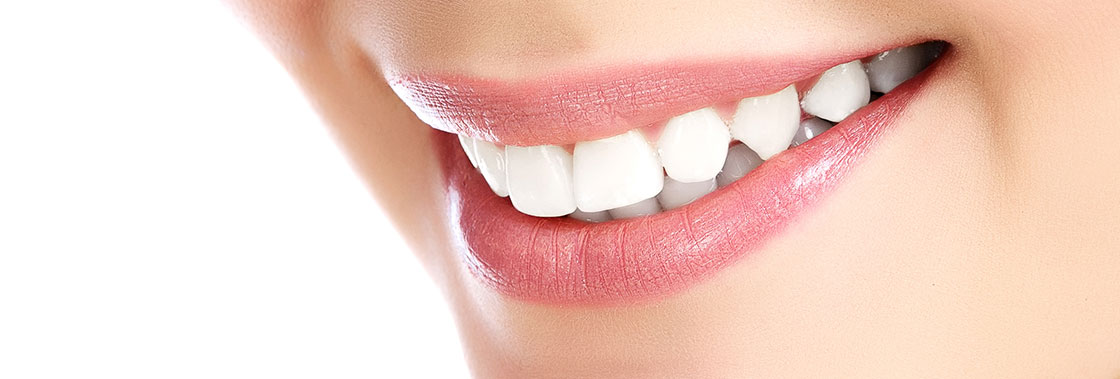Invisalign vs. Braces
Which Solution is Right for You?
Posted on November 15, 2018 by
You Smile is Important
Your smile makes you unique. Look at yourself in the mirror. Are your teeth misaligned? Are there unwanted spaces between them or are they overcrowded? Does your lower or upper jaw protrude? Straight white teeth make you more attractive, improve oral health and boost your self esteem. Many different types of corrective devices are marketed today. There are pros and cons to each kind. Some details to consider are comfort, treatment time, cost, ease of cleaning and adjustments, visibility and diet restrictions. The most important factor will be the final results.
The choice will also depend on the type of correction needed, the condition of your teeth and oral health in general.
Your Smile can be Corrected at any Age
Crooked teeth can be corrected at any age. The ideal time is while the jaw is still growing and most adult teeth are in place, between the ages of 10-14. Nowadays there are more adults being fitted for braces than ever before. Finances that weren’t on hand when they were younger are now accessible. The importance of looking good has climbed the priority list whether you are in your teens or in your prime. Increased self esteem gives you confidence to pursue your dreams improving your quality of life.

Types of Braces
Metal
For many decades the only option was metal wire braces. Metal brackets are bonded to the teeth and archwires are connected to the brackets by rubber bands. The wires are tightened at each appointment to keep pressure on the teeth moving them toward the goal.
The Good: Rubber bands are available in colors if you desire to make a fashion statement. This is usually the least expensive option.
The Bad: Metal is the most visible style. Hard foods, highly acidic foods like apples, oranges tomatoes and foods that stick to the teeth such as potato chips and gum will cause problems for the wearer. Hard foods will break the wires and acidic foods and chips will get stuck between the appliance and teeth increasing risk for tooth decay. This style makes cleaning your teeth difficult. Tightening of wires can be painful. Average treatment time is around 2 years.
Self-ligating
The Good: Similar to metal braces without the rubber bands this type offers a clear option. Heat activated wires are constantly adjusting the teeth at a steady pace. Without the added rubber bands less food sticks between the teeth and appliance. Treatment time is shorter and fewer dentist visits are needed.
The Bad: Limited conditions can be treated with this style.
Ceramic
The Good: The brackets can be clear or tooth colored and the wire can also be tooth colored making them less noticeable than some of their counterparts. Ceramics are as effective as metal. Treatment time is comparable to clear aligner methods.
The Bad: The rubber bands can stain easily becoming visible and ceramic is more expensive than metal. Procedure is much like traditional braces causing some pain with adjustments.
Lingual
The Good: Brackets are attached to the inside of the teeth, unnoticeable except when the mouth is wide open.
The Bad: Very difficult to clean since you can’t see the inner side of the teeth and the brush position is awkward.. Adjustments will take longer. This type is more uncomfortable and interferes greater with speech than outward styles due to proximity to the tongue.
Invisible/Invisalign
The Good: A new alternative to traditional braces, Invisalign, is a clear plastic aligner that gently guides teeth into position. Custom designed aligners created from a 3D image of your teeth are replaced every two weeks with each new tray guiding your teeth toward the final goal. Treatment includes 18-30 custom made trays depending on the amount of correction needed.
Aligners are almost invisible. Removable tray allows you to eat any food you choose without damaging wires and makes thorough cleaning of teeth and flossing easy. Progress evaluations by your dentist will require visits about every six weeks. Treatment time varies between 18-24 months. Aligners are the most comfortable way to straighten teeth. Whiter teeth due to improved oral hygiene during the treatment program have been reported.
The Bad: Neglecting to clean your trays properly will cause them to discolor. Aligners must be worn 20-22 hours every day to prevent teeth from regressing. They must be removed before eating or drinking anything but water and teeth must be brushed and flossed after every snack and meal.
All types of braces require some type of commitment. You decide the comfort, appearance and convenience that best suit your lifestyle. The straightening method best for you will depend on the condition of your mouth and results desired.
With your teeth in line, flaunt your new found confidence with a smile. You might find an audience smiling back at you.
For an evaluation for dental brace options call White Oak Family Dentistry in Garner, NC at 919.986.0151 or schedule a consultation today.





